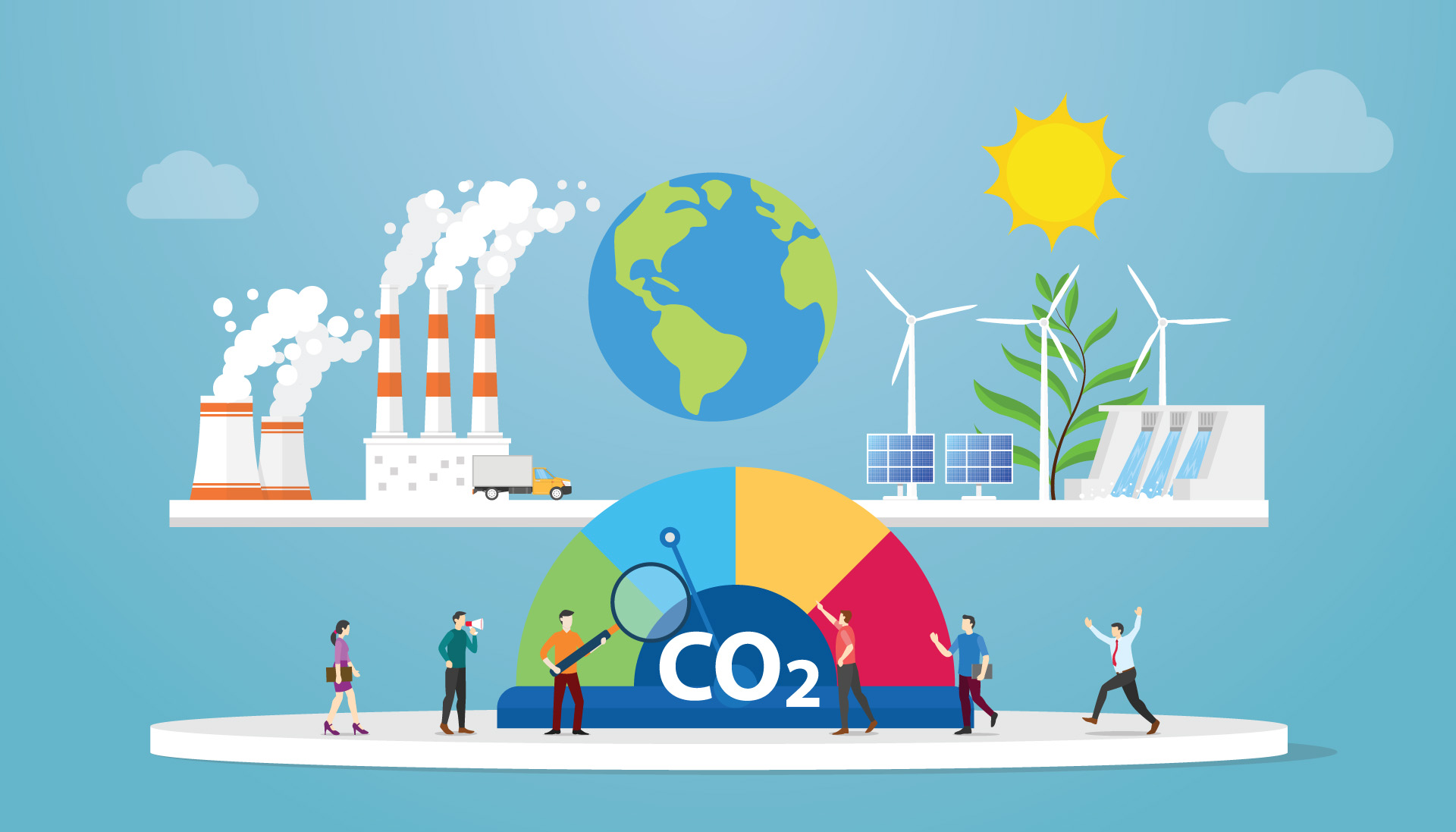Here at Soto, we’re all about sustainability. We know that with the right combination of green web design and development, sites can achieve more while having less impact on the world around us.
But a question we get asked a lot is… are websites really that bad for the environment?
And it’s a great question.
After all, when we think about sustainability, what comes to mind first is usually carbon emissions and their contribution towards climate change. But websites don’t sit there and churn out CO2 like cars, planes, industrial machinery, or chemical reactions. So really, what’s the big problem?
Well, believe it or not, websites do create emissions. Just not in the way you may think.
Understanding digital emissions
The type of emissions we typically think about are known as direct emissions: emissions that are generated as a direct result of specific processes and activities. Websites don’t have those, of course.
They do, however, have indirect emissions. These ‘digital’ emissions are facilitated by how a website is developed, designed, hosted, and accessed by users. They don’t come from direct processes – websites don’t churn out CO2 – but from activities associated with the site.
There are 4 main ways that a website can create indirect, digital emissions:
- Business hardware
The computers and other hardware that are used to develop and design websites all need to be manufactured, and all rely on vast amounts of (typically) non-renewable resources to power them. - User hardware
How do your visitors access your website? Using desktops, laptops, tablets, or smartphones. Again, energy is used both to manufacture these devices, and to power them. And it’s often not renewable. - Networks
When you click links on a site, what happens? From a user perspective, you go to the page you want. Like magic. But there’s a lot going on behind the scenes, and it all needs energy to make it happen. - Data centres
Where’s your website hosted? Whether it’s in the cloud, or on a physical server, the data centres that house your site all require huge amounts of energy to run. They also generate a lot of heat so need to be kept cool – both of which can involve a huge amount of fossil fuels.
So, who’s responsible for reducing digital emissions?
We all are.
When we can’t see the physical signs – like a car exhaust pipe leaving a plume of smoke behind it, or a factory chimney with a big black cloud emerging from the top – it’s easy to look the other way. It’s very simple to pass the buck, and take the view that it’s someone else’s problem. But it’s not.
Sure, hosting providers have a responsibility to reduce the direct emissions that come from energy consumption by servers. But whether we’re developing, designing, or launching websites, we all have a responsibility to try and minimise the indirect carbon emissions that can be created by websites.
Are zero carbon websites in our future?
We like to think so.
Of course, for a website to be 100% emissions-free – including both direct and indirect emissions – we’ll all need to work together; everyone from manufacturers and hosting providers to developers, designers, and the site owners themselves. But it can be done. And at Soto, we’re absolutely thrilled to be at the heart of it all, doing our part to create powerful websites with less of a negative impact.





